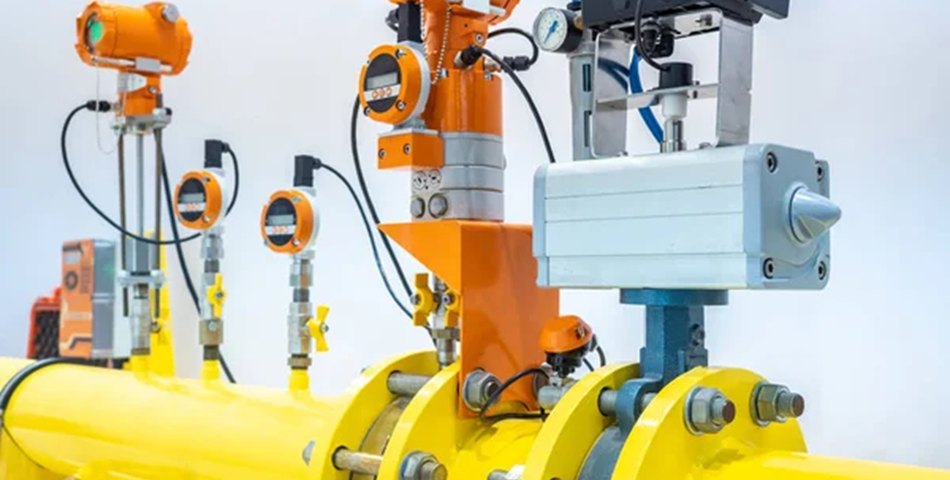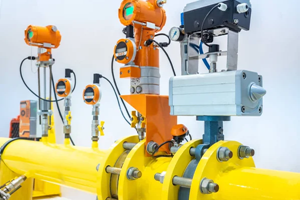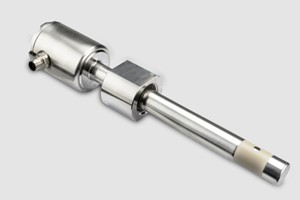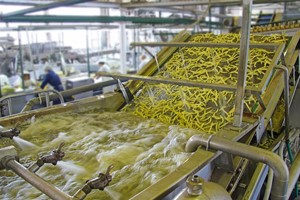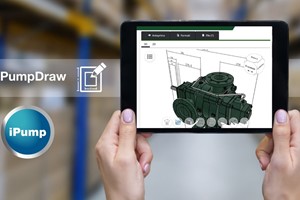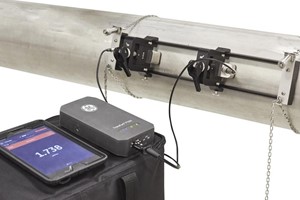The water flow meter is an instrument specially used to measure the flow of water in pipes. You can get many different types of water flow meters from your facility.
When used in certain applications, each flow meter has its own advantages. For many pipelines and similar systems, the water must be maintained at a specified flow rate to ensure the effective operation of the system.
At low flow rates, the speed of the water may be so low that suspended solids settle to the bottom of the pipe, which will deteriorate the efficiency of the pipe and eventually lead to the accumulation of contaminants, which can cause damage.
Since water flow meters can be used in a wide range of applications, there are many reasons to need these flow meters.
On the one hand, knowing that the fluid is in the right place at the right time is very beneficial to ensure that operating costs and efficiency are maintained.
These meters can also be used to ensure that fluids are kept in motion or to determine if the tank is properly balanced.
Any drop in the flow rate may indicate that the water quality is deteriorating and requires treatment.
In some applications, accurate flow measurement is critical to product quality and the health and safety of the final product. These meters are relatively easy to install in the pipeline, depending on the type of meter you choose
Water flow meter types
Water flow meters are flow meters that can display the flow rate of industrial water pipe.
A water flow meter measures the amount of water flowing through a pipe. We have several kinds to choose from, depending on the application, maintenance needs, and budget.
There are four common water flow meter types:
Turbine/mechanical flow meter to measure water flow
Turbine flow meters easily become the most common flow meters around, mainly because these flow meters are more affordable than other types.
The mechanical flow meter measures the water flow through the rotation of the turbine, which uses a basic propeller, blade or split flow design. The flow rate of water is equal to the speed of the blades
If mechanical flow meters are to be used, they may become clogged if the water is dirty or more contaminated than expected. Therefore, you probably should not use this kind of flowmeter to measure the flow of slurry. Since these flow meters can become clogged, they are more frequently maintained than other flow meters.
Vortex flowmeter measures water flow
The vortex flowmeter is a unique flowmeter that measures the flow of water by using vortex flow.
When the fluid pushes over the obstacle, it will produce a vortex and form a vortex. The flowmeter is equipped with a sensor tab. As long as the vortex flows through the sensor tab, the tab will bend, which will produce a frequency output indicating the flow rate of the water.
If you decide to choose a multivariable vortex flowmeter, it can measure up to five different variables that are useful for your specific application.
These variables include mass flow, temperature, density, flow rate and pressure. These meters are especially suitable for large pipelines.
Ultrasonic flow meter to measure water flow
Ultrasonic flow meters are designed to use ultrasonic technology to measure the speed of water as it passes through the pipeline.
You should understand two basic types of ultrasonic flow meters, including runtime flow meters and clamp-on ultrasonic flow meters.
If you choose a run-time flow meter, send a standard ultrasonic signal downstream before sending another signal upstream. These two signals are then compared to determine the water flow rate. This is mostly a pipeline water flow meter. It is often used for household water.
For clamp-on ultrasonic flowmeters, can be placed outside the pipe and are designed to emit acoustic pulses through the pipe wall in order to receive the measured value. Since they can be installed outside the pipeline, they can be used for almost any application and can be used with larger pipelines.
Electromagnetic flowmeter measures water flow
The electromagnetic flowmeter can measure the speed of water by using a simple magnetic field.
When water passes through a magnetic field, a voltage is generated. In this way, higher flow rates always generate more voltage when sent through the electromagnetic flowmeter. The electronic system connected to this meter will receive the voltage signal and convert it into volume flow.
Remember that the water needs ions to generate voltage, which means that the electromagnetic flowmeter cannot be used with pure water without pollutants.
What Is an RV Water Flow Meter?
An RV water flow meter is a small device that attaches to your hose and then gives you a digital read-out of the number of gallons flowing into your fresh water tank – or elsewhere.
These are generally small, lightweight devices, made of plastic, and not too expensive, though there are fancier water flow meters for other purposes.
But for the purpose of today’s post, measuring water flow for use with your RV, we’re talking about small RV water flow meters that weigh just a few ounces.
Where and How Do I Install an RV Water Flow Meter?
In the simplest application, an RV water flow meter just screws right in line with your hose. You screw one end of the water flow meter onto your water hose, and it will measure the amount of water flowing out of the hose, through the meter (and into your fresh water tank or wherever you’re using it), and give you a digital read-out of that measurement.
www.drurylandetheatre.com/



